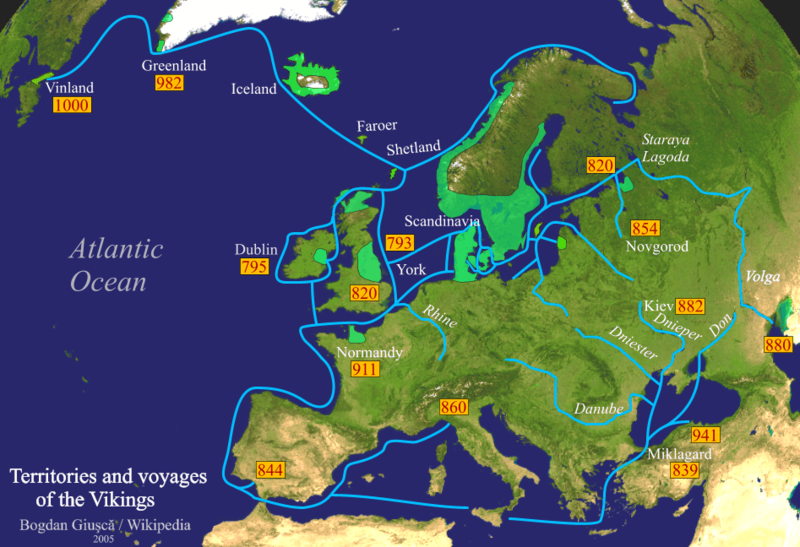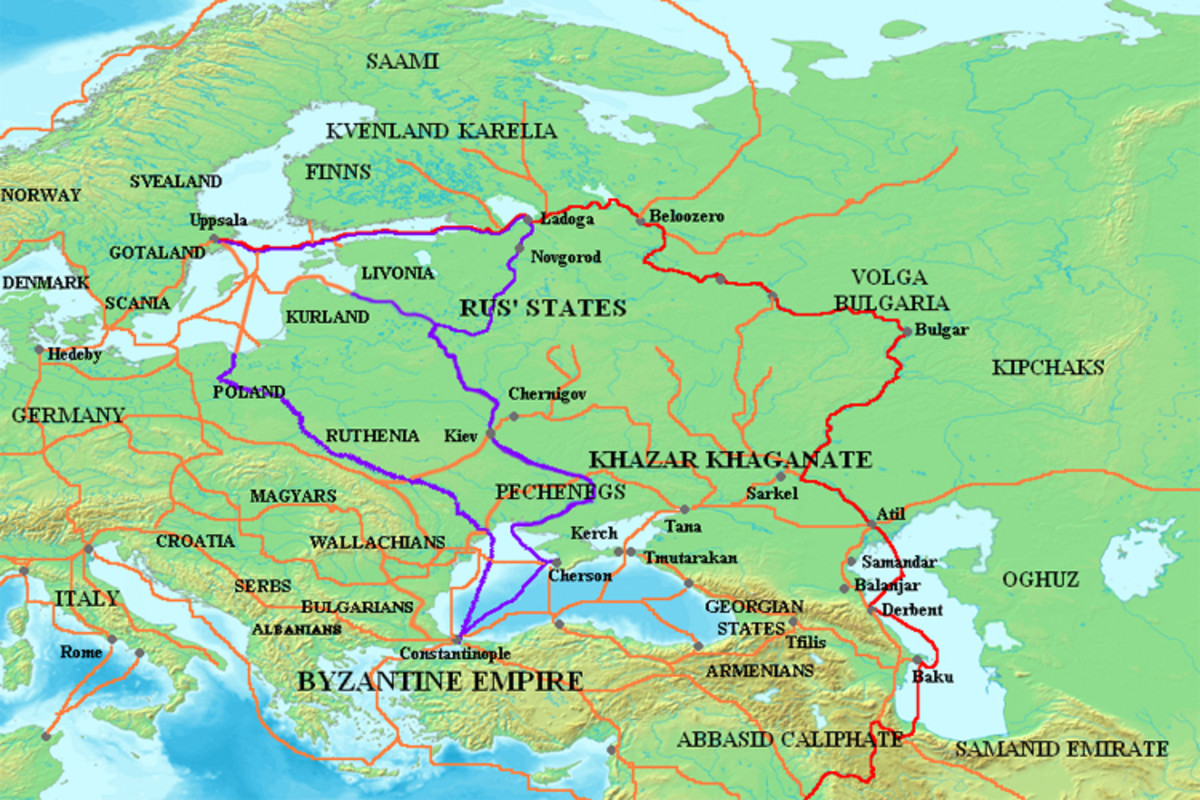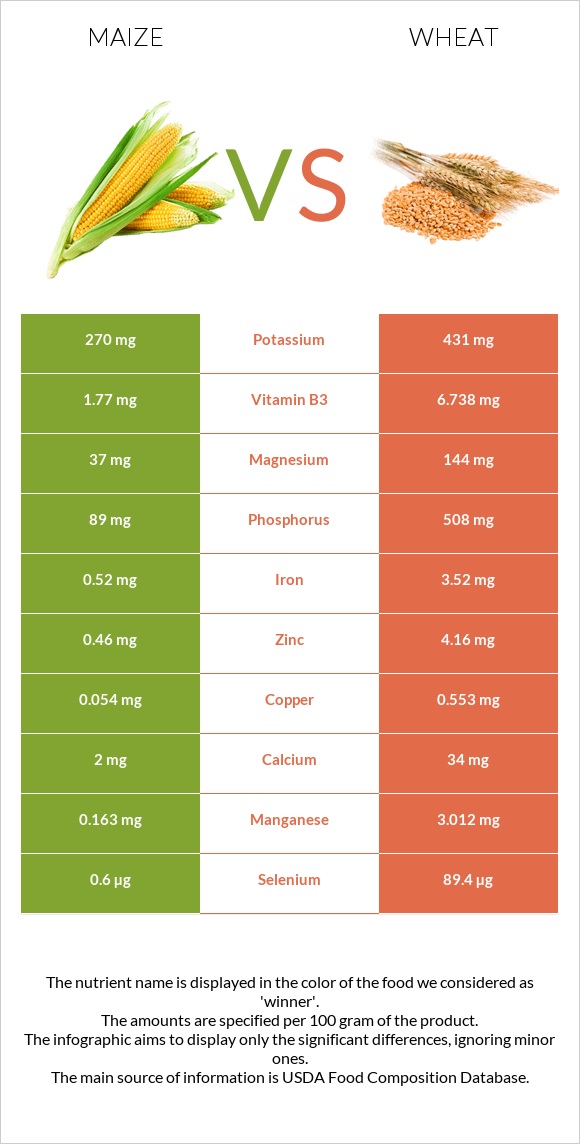Chiron
Well-known member
As the tin says: The Indigenous People of Michigan, here and after referred to as the Michiganders, use their established copper trade to begin mining the Iron Ore and Coal deposits of the Upper Peninsula in an organized way to create iron tools and maintain it to form an Iron Revolution. Historically the Michigander Tribes were doing limited mining in the UP, but around the time of the Bronze Age Collapse in Europe, they stopped, its a mystery why and too politically a hot potato in Archaeological circles to touch.
But instead of historical route, a Leader we will call the The Great Michigander will inspire his people to invest heavily in Iron Working and create a vision larger than himself that fires the people to carry it out even after his death.
This enables them to form a strong naval presence on the Great Lakes, gain a decisive military advantage over the other tribes and create a Michigander Civilization which if sustained and able to domesticate Bison into draft animals, would present a tougher nut for the Europeans to crack and potentially sail across the Atlantic in an organized fashion.
Thoughts?
But instead of historical route, a Leader we will call the The Great Michigander will inspire his people to invest heavily in Iron Working and create a vision larger than himself that fires the people to carry it out even after his death.
This enables them to form a strong naval presence on the Great Lakes, gain a decisive military advantage over the other tribes and create a Michigander Civilization which if sustained and able to domesticate Bison into draft animals, would present a tougher nut for the Europeans to crack and potentially sail across the Atlantic in an organized fashion.
Thoughts?







/156477450-56a008583df78cafda9fb4b9.jpg)

